BoC Deputy Governor Lawrence Schembri said yesterday, “Our assessment of labour market conditions and underlying capacity and inflationary pressures is now more difficult. Consequently, more uncertainty exists around the timing of when the output gap will close and inflation will return sustainably to our 2-per-cent target.”
“We’ll keep the policy rate at the effective lower bound [0.25%] until excess capacity is absorbed … that excess capacity includes all the groups of employees that aren’t fully employed at this juncture,” Schembri said in response to a question after the speech.
“Now of course, one has to take into account that there’s going to be some natural friction in the labour market, people are going to move between jobs, so we’re not saying that there has to be zero unemployment,” he added.




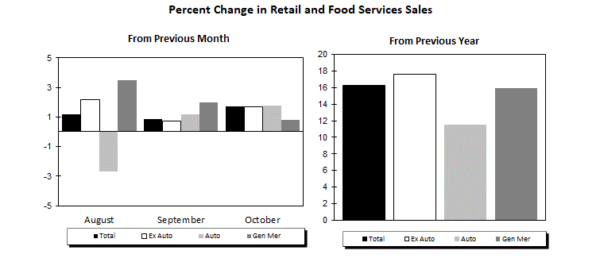
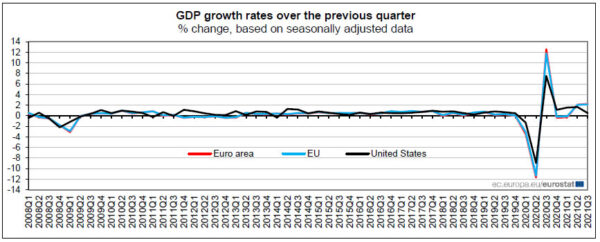
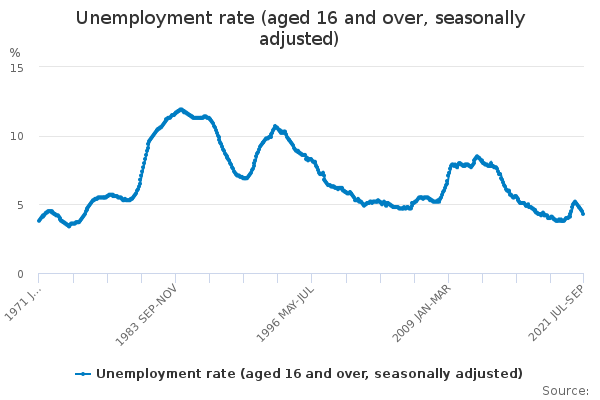
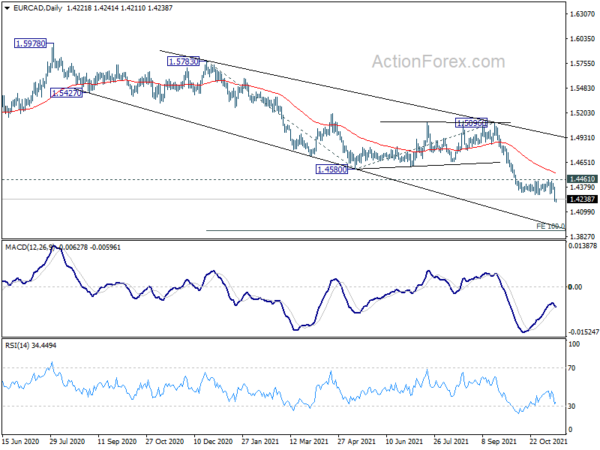
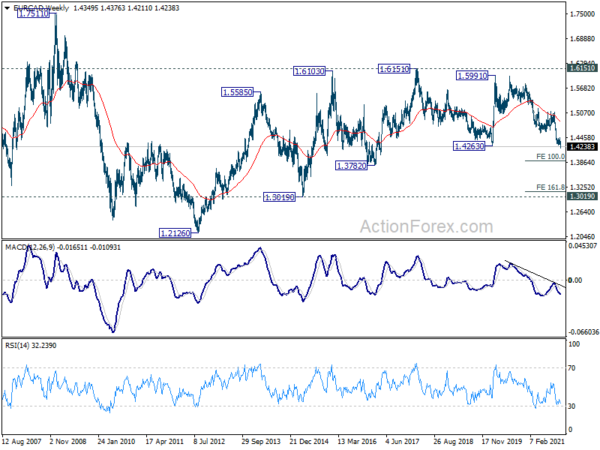


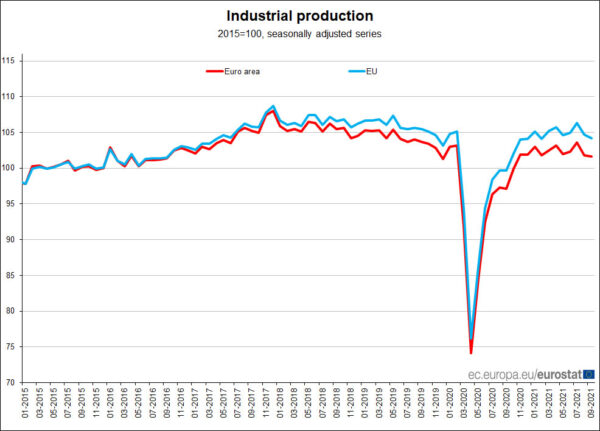
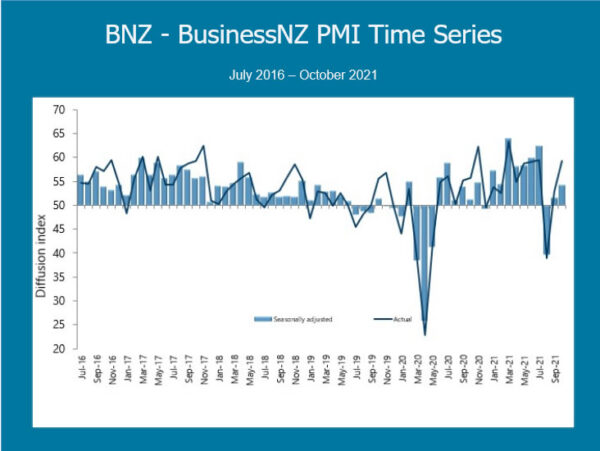
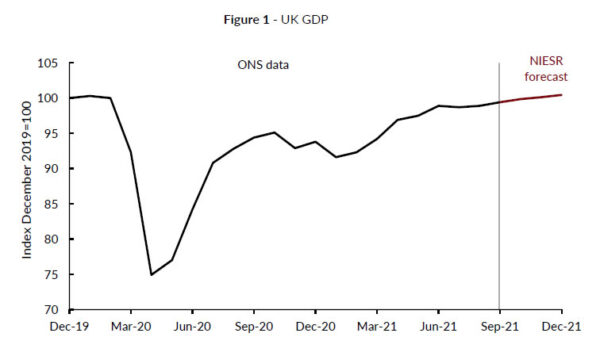
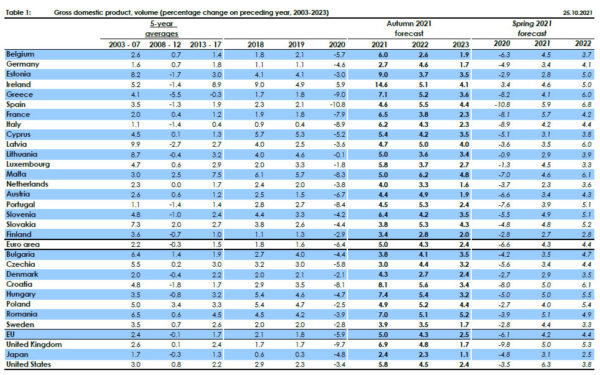
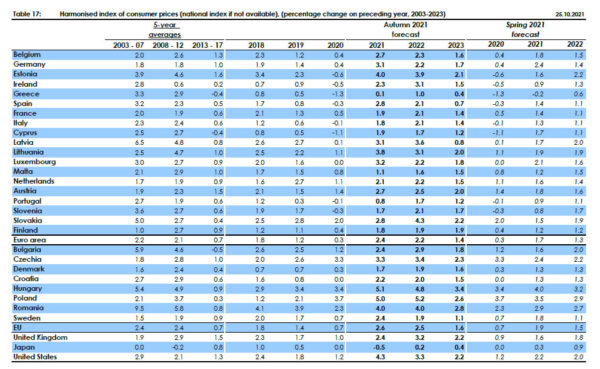

Fed Daly: Ready to act as we get clearer signal
San Francisco Fed Bank President Mary Daly urged patience in assess the economic development before acting on interest rates. “Reacting in response to things that aren’t likely to last will move us farther from — not closer to — our goals,” she said.
“Over the next several quarters, as tapering occurs, we will watch how the economy does and see whether inflation eases and workers come back.”
“As we get a clearer signal, we will be ready to act accordingly, continuing to provide or remove support as needed to ensure the economy settles at a sustainable place.”